A data set funded by the Chan Zuckerberg Initiative shows how research software and tools are used across disciplines — and helps developers gain credit for their work.
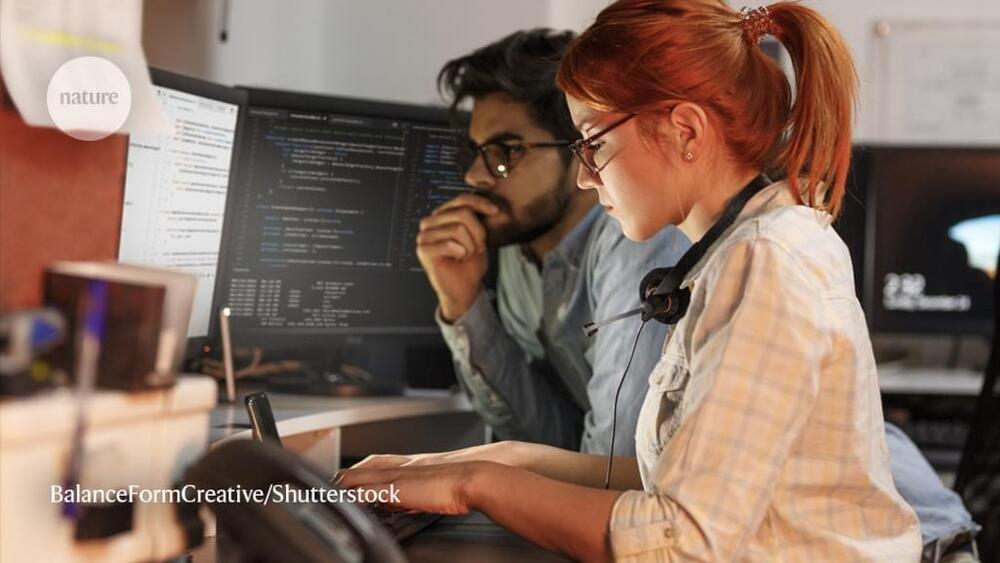

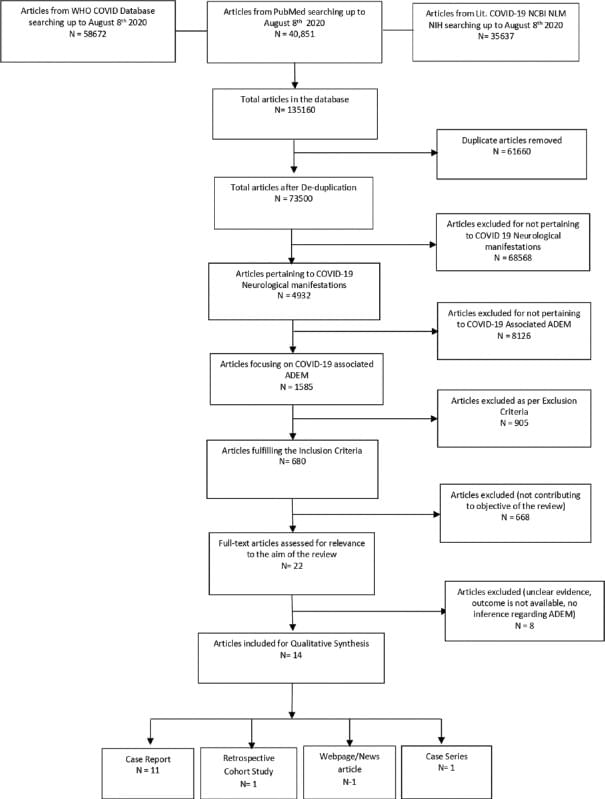
I had similar symptoms, and I thought it was a covid infection. I need to get myself tested for ADEM. If your child or family member has a strange rash on the back or legs, take them to the hospital to see if it is ADEM before they have seizures like I did.
The objective of this study was to provide an overview of acute disseminating encephalomyelitis, a potential and serious complication of COVID-19.
Blood investigations and CSF analysis were done in 17 patients. Raised inflammatory markers were most commonly seen in nine (ferritin raised in four, C-reactive protein in five, and D-dimer in five), and lymphopenia was seen in four patients.
CSF analysis was not reported in four patients. The reasons for the same were traumatic tap , raised intracranial pressure (ICP) , pandemic reason , and unknown reason.
Eight patients had normal CSF analysis on routine microscopy. Out of nine abnormal reports, increased CSF protein level was the most commonly reported abnormality in six, followed by lymphocytic pleocytosis in four patients. Meningitis was ruled out by negative CSF bacterial cultures in 5 and viral panel in 15 out of 17 patients. One CSF sample grew Staphylococcus capitis which was probably contaminated.
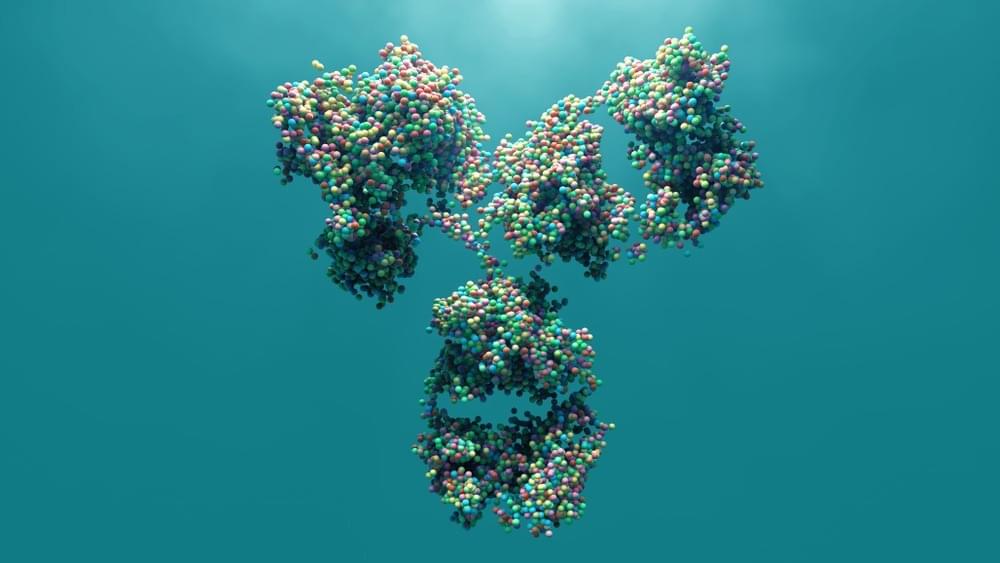
A recent study published in Viruses reviewed the characteristics of neuraminidase (NA) with emphasis on the development of NA-based universal influenza vaccines.
Influenza causes significant morbidity and mortality worldwide. The influenza virus harbors two glycoproteins on the surface – hemagglutinin (HA) and NA. Infection-or vaccine-induced immune responses are targeted toward HA. Besides, NA-specific antibodies confer protection and can reduce infection severity.
Existing seasonal influenza vaccines confer narrow immune responses specific to the strain, and their efficacy depends on how well the vaccine strains match those in circulation. Thus, universal influenza vaccines with high breadth and potency are required. In the present study, the authors discussed the characteristics of NA, anti-NA antibodies, and recent progress in developing NA-based vaccines.
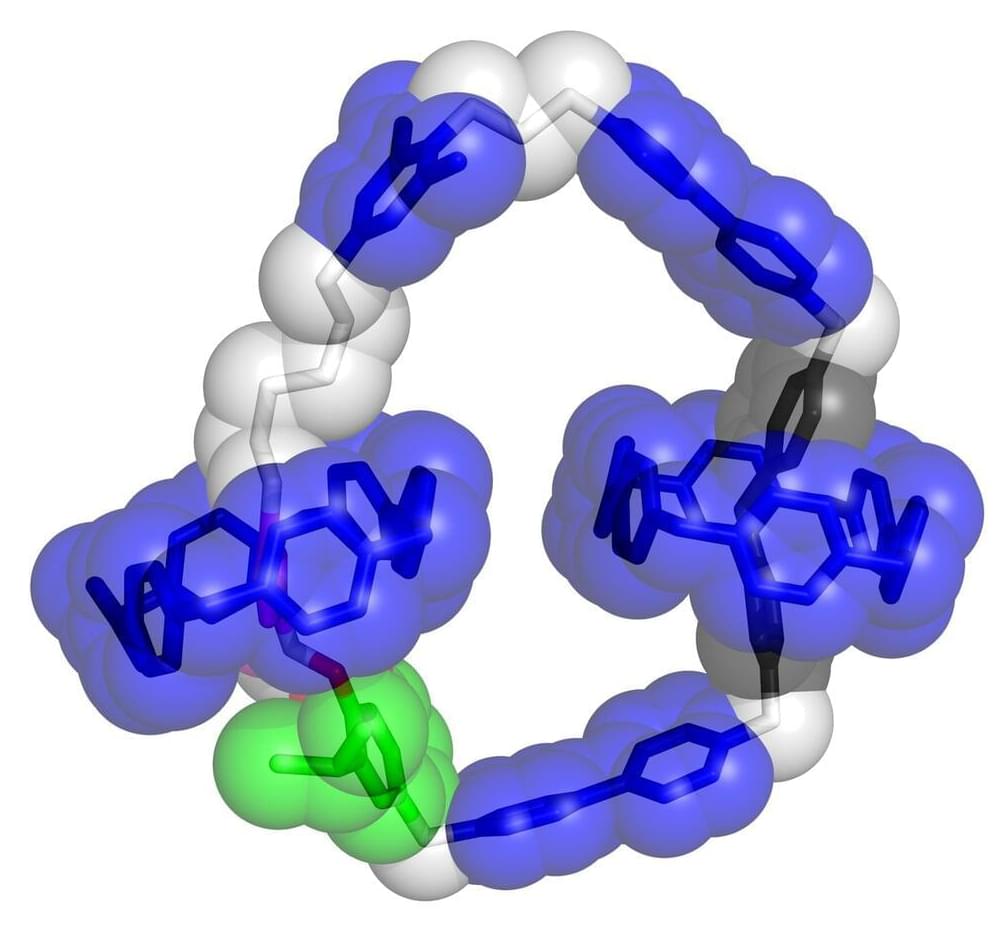
Electric vehicles, powered by macroscopic electric motors, are increasingly prevalent on our streets and highways. These quiet and eco-friendly machines got their start nearly 200 years ago when physicists took the first tiny steps to bring electric motors into the world.
Now a multidisciplinary team led by Northwestern University has made an electric motor you can’t see with the naked eye: an electric motor on the molecular scale.
This early work—a motor that can convert electrical energy into unidirectional motion at the molecular level —has implications for materials science and particularly medicine, where the electric molecular motor could team up with biomolecular motors in the human body.
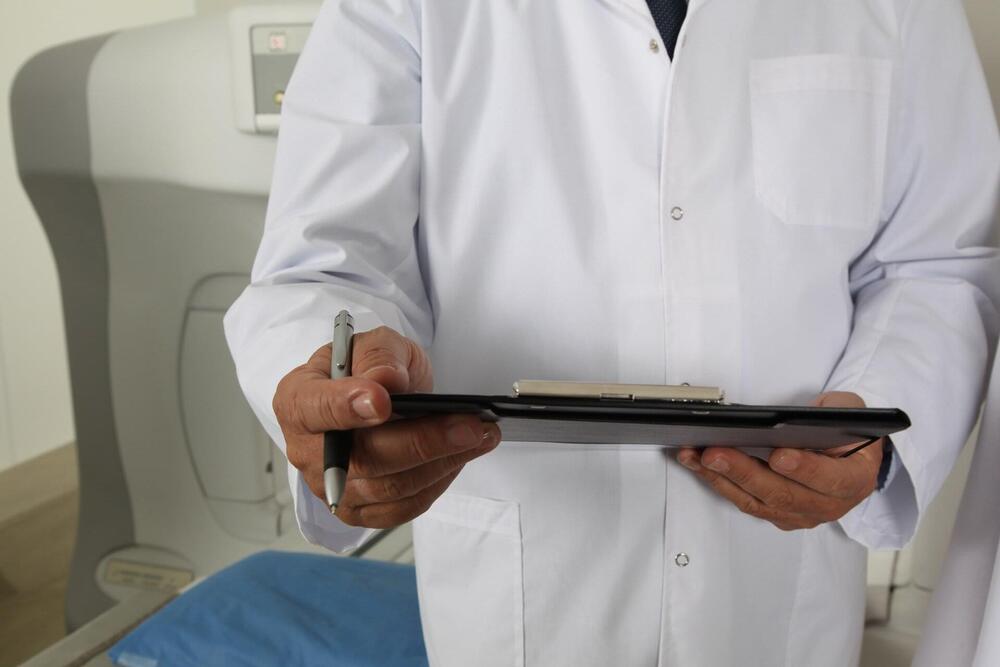
More than 30 years ago, findings from the Harvard Medical Practice Study (HMPS) helped bring public awareness to the problem of patient safety. Since the publication of the HMPS results, new strategies for preventing specific types of adverse events have been put into place, but it has been challenging to measure the impact on patient care.
To better understand what progress has been made in the last few decades, a team from Boston area hospitals conducted the SafeCare Study, which evaluated 11 hospitals in the region.
Led by investigators from Mass General Brigham and sponsored by CRICO, the medical professional liability insurer for the Harvard medical community and its affiliated organizations, the study provides an estimate of adverse events in the inpatient environment, shedding light on the progress of two decades of work focused on improving patient safety and highlighting the need for continued improvement. Results are published in The New England Journal of Medicine.

One of the most dreaded effects of the bite of the brown recluse spider (Loxosceles spp) is the appearance of a necrotic skin lesion, but a clinical study by Brazilian researchers recently reported in PLOS Neglected Tropical Diseases shows that the problem can be solved by administering antivenom, especially if this is done within 48 hours of the incident.
An antivenom produced by Butantan Institute, an arm of the São Paulo State Department of Health, was used in the study. As the authors of the paper explain, there is no consensus regarding the best treatment to avoid necrosis and ulceration in cases of brown recluse spider bites.
A 2009 study involving rabbits showed that necrotic lesions were approximately 30% smaller even when the antivenom was administered 48 hours after the animals were bitten.
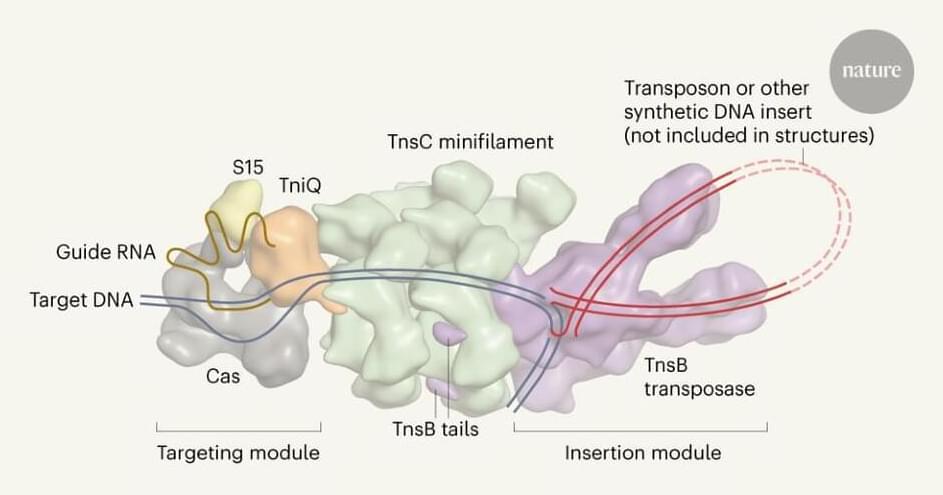
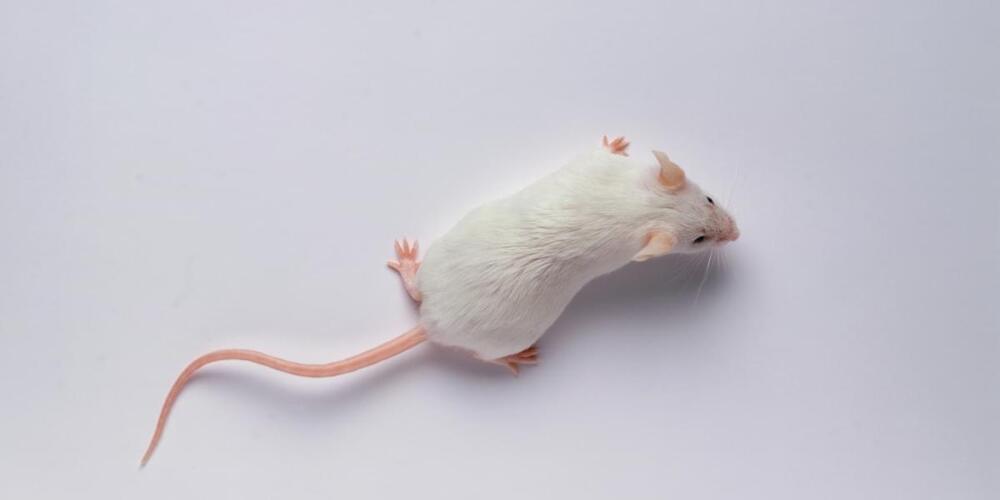
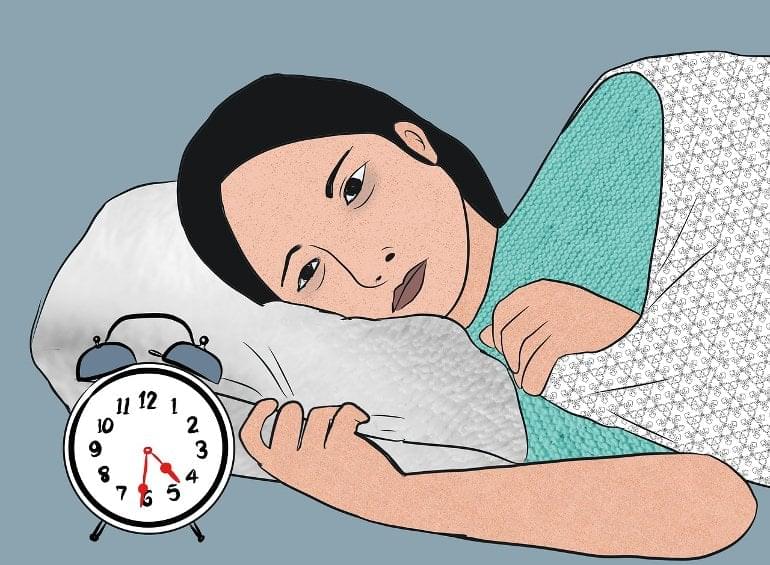
Summary: Researchers identify the role the Pig-Q gene plays in sleep regulation. Mutations of the Pig-Q gene increase sleep.
Source: Texas A&M
A research effort involving researchers from Texas A&M University, the Perelman School of Medicine at the University of Pennsylvania and Children’s Hospital of Philadelphia (CHOP) has used human genomics to identify a new genetic pathway involved in regulating sleep from fruit flies to humans—a novel insight that could pave the way for new treatments for insomnia and other sleep-related disorders.
Simon Waslander is the Director of Collaboration, at the CureDAO Alliance for the Acceleration of Clinical Research (https://www.curedao.org/), a community-owned platform for the precision health of the future.
CureDAO is creating an open-source platform to discover how millions of factors, like foods, drugs, and supplements affect human health, within a decentralized autonomous organization (DAO), making suffering optional through the creation of a “WordPress of health data”.
Simon is a native of the Dutch Caribbean island of Aruba, having been born on the island and initially chose to study medicine at the University of Groningen, but then transitioned over to healthcare innovation studies at the University of Maastricht where he wrote his master thesis on the topic of Predictive Healthcare Algorithms.
(For information on the discussion segment on AGI, please contact — www.Norn.AI)